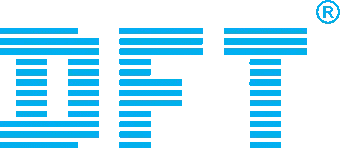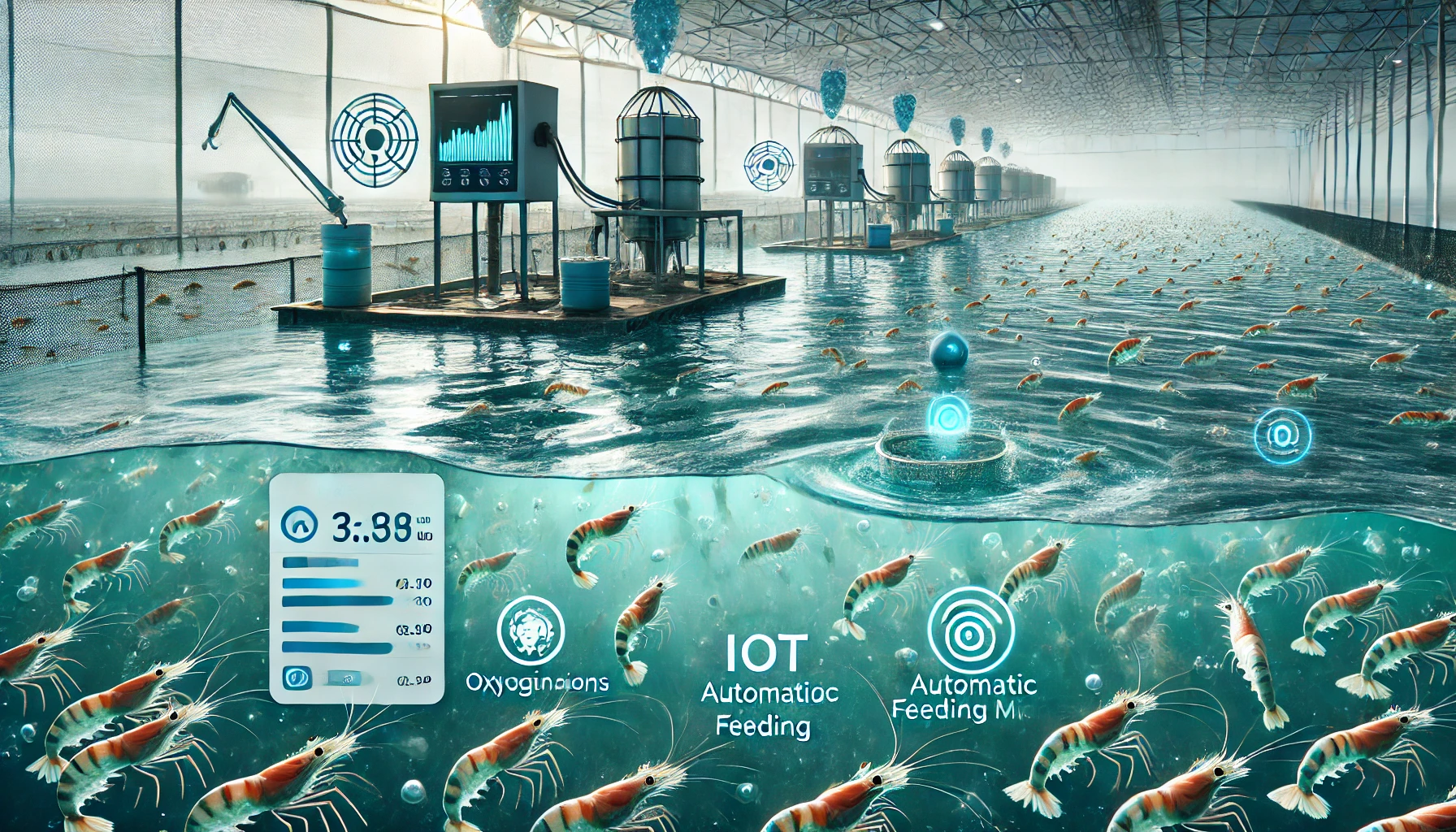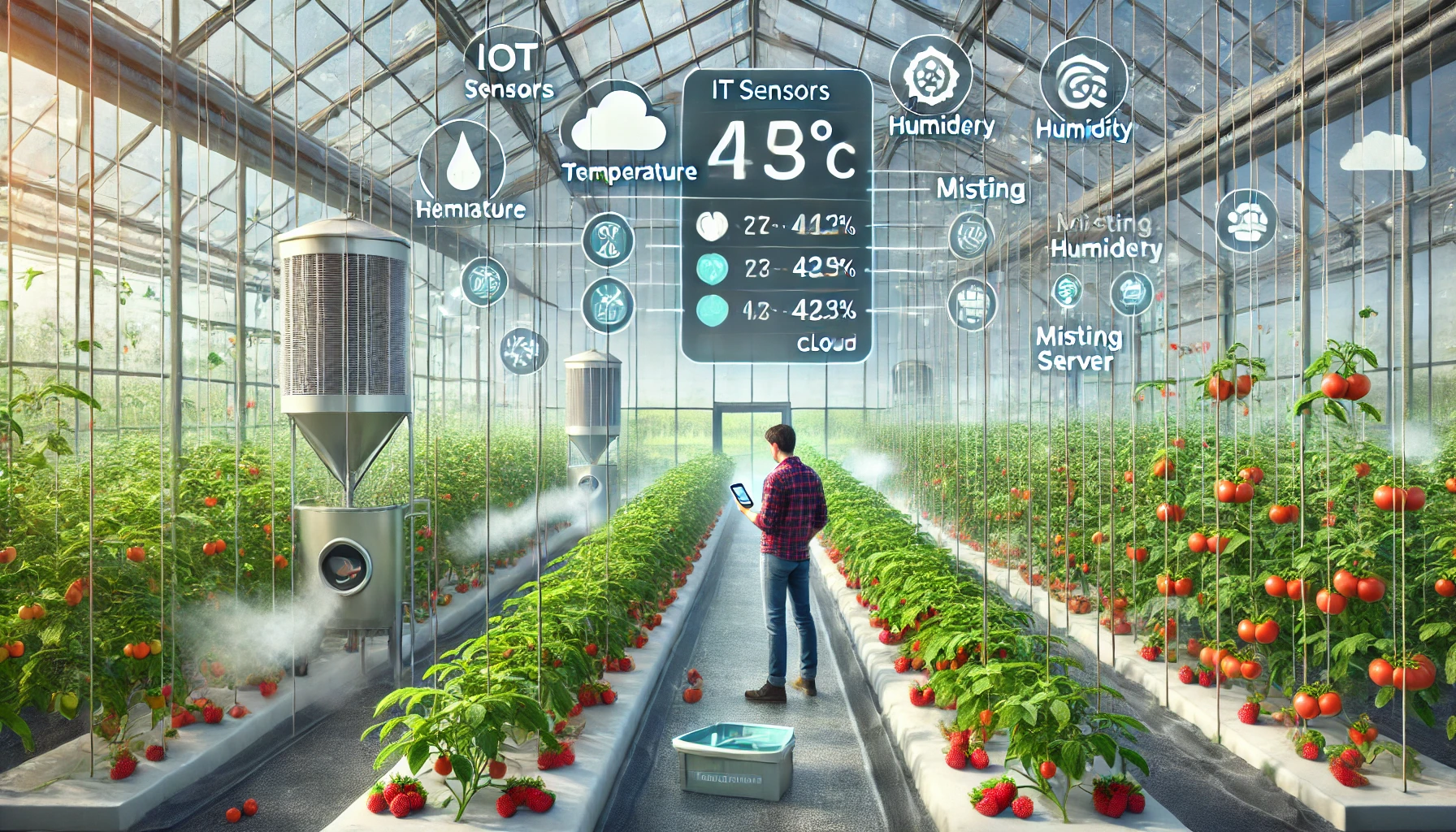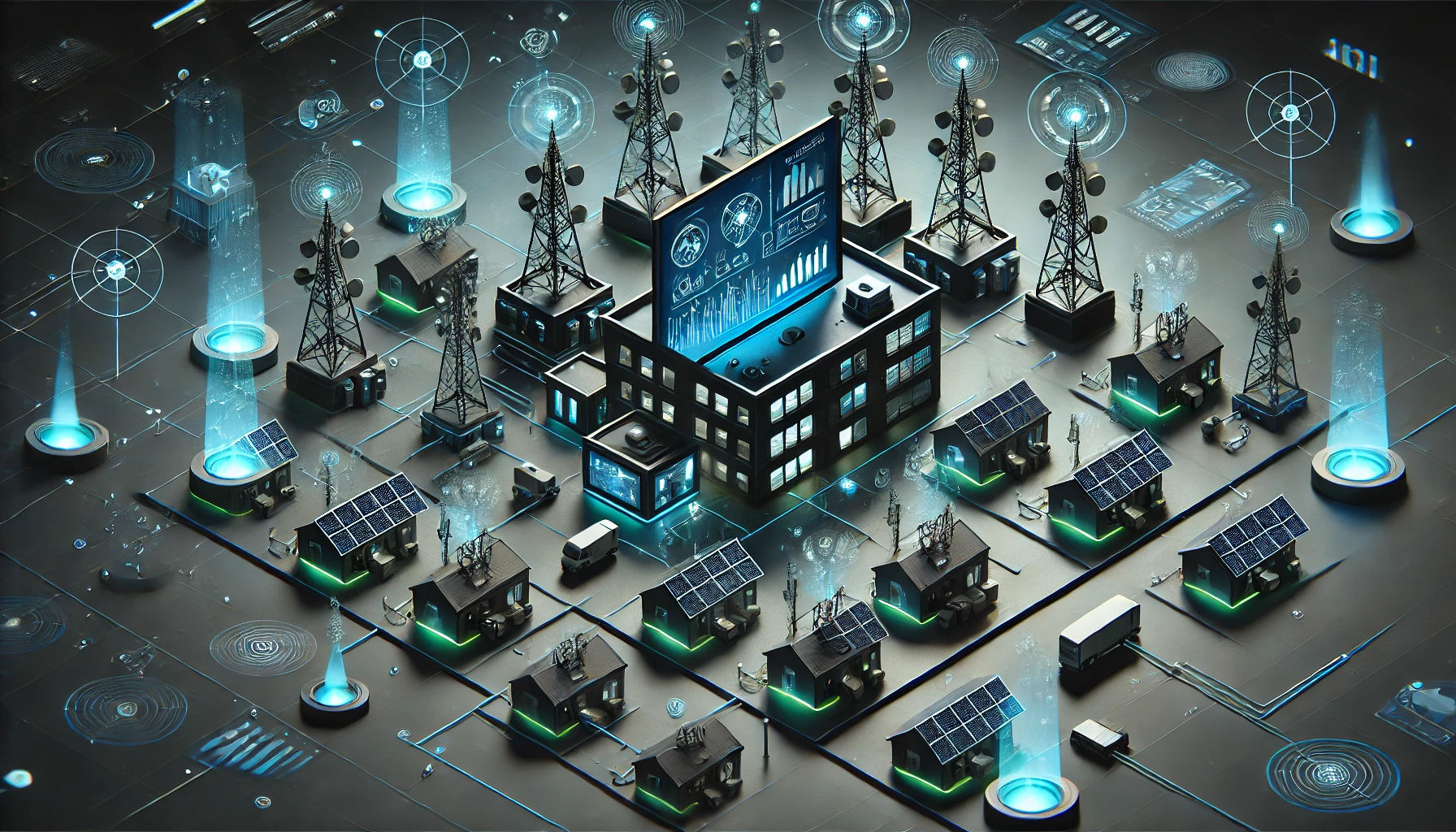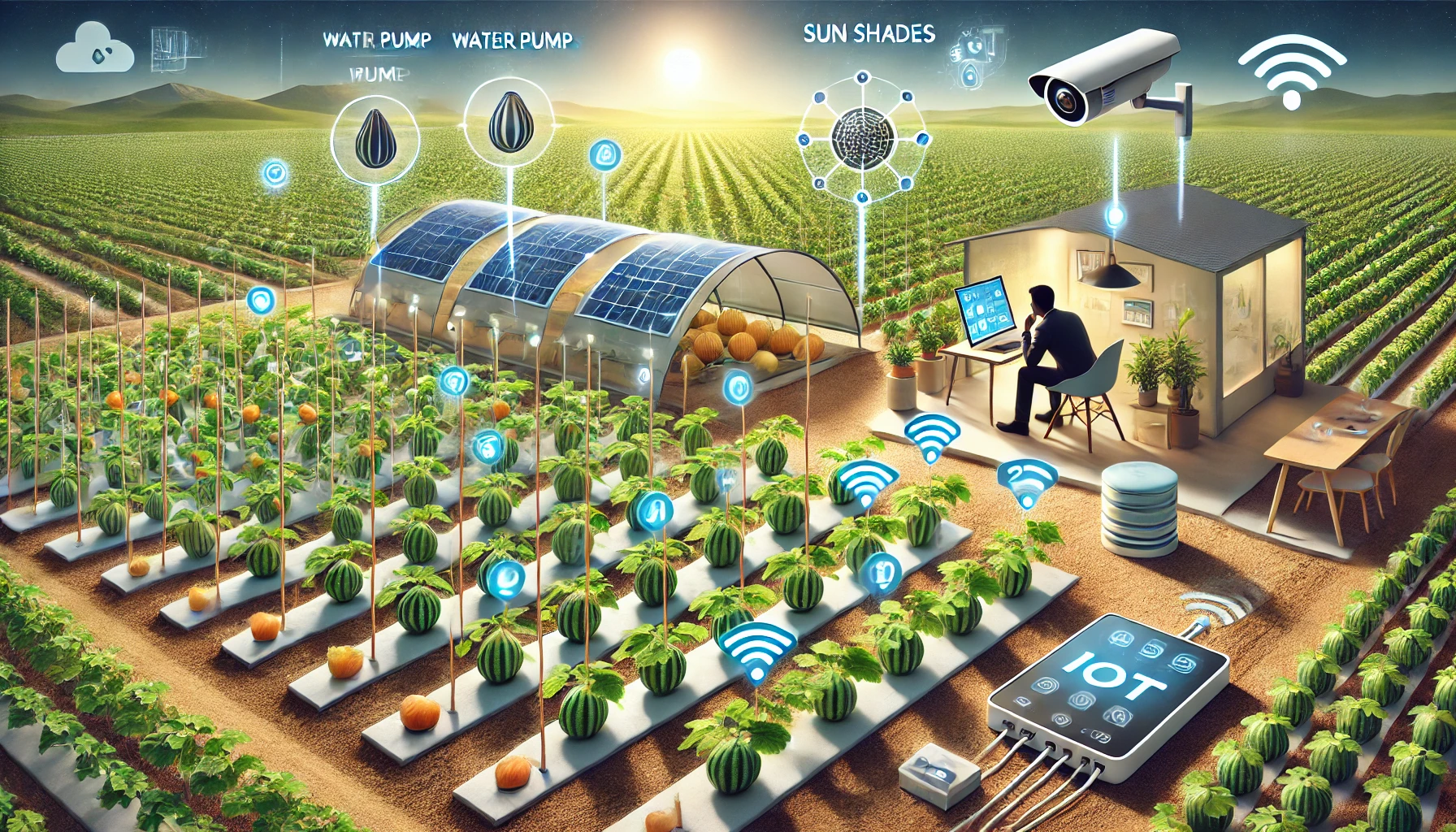
In today's technological landscape, real-time system monitoring and control are becoming increasingly critical to ensure operational efficiency and optimize resource utilization. However, in the absence of IoT-based solutions, several key challenges persist, hindering effective management and oversight. Below are the primary issues faced by traditional monitoring and control systems:
- Non-continuous monitoring: The lack of real-time telemetry leads to delayed fault detection and increased risk of operational inefficiencies
- Challenges in remote management: On-premise personnel are required for manual oversight, resulting in higher operational costs and inefficiency, especially in distributed infrastructures.
- Insufficient real-time data: The unavailability of live data streams compromises data-driven decision-making, reducing the precision of operational strategies.
- Resource inefficiency: Without real-time analytics and automation, resource usage (e.g., water, electricity, energy) cannot be optimized, leading to unnecessary waste.
IoT Monitoring and Control
DFT's IoT solution provides a fully integrated monitoring and control system, leveraging a customized Thingsboard platform, with eWon's IoT Gateway as the core infrastructure, and an integrated IP-based surveillance camera system. This solution is engineered to address remote asset management requirements and optimize operational workflows across various verticals.
Key Components:
- Thingsboard: A highly customizable open-source IoT platform tailored to the specific requirements of each client. Thingsboard offers advanced telemetry, real-time data analytics, device management, and automation control, ensuring seamless monitoring and control of IoT assets.
- IoT Gateway eWon: Functions as the critical edge gateway that facilitates bi-directional communication between field devices and the centralized control system. The gateway ensures secure, reliable data acquisition and transmission via the MQTT protocol to the Thingsboard platform, enabling robust field-to-cloud connectivity.
- Surveillance Cameras: The integrated camera system utilizes the ONVIF protocol for seamless interoperability, offering remote control and real-time video surveillance. This enables managers to monitor field conditions live, ensuring enhanced situational awareness and security.
Advantages
Architectural Model:
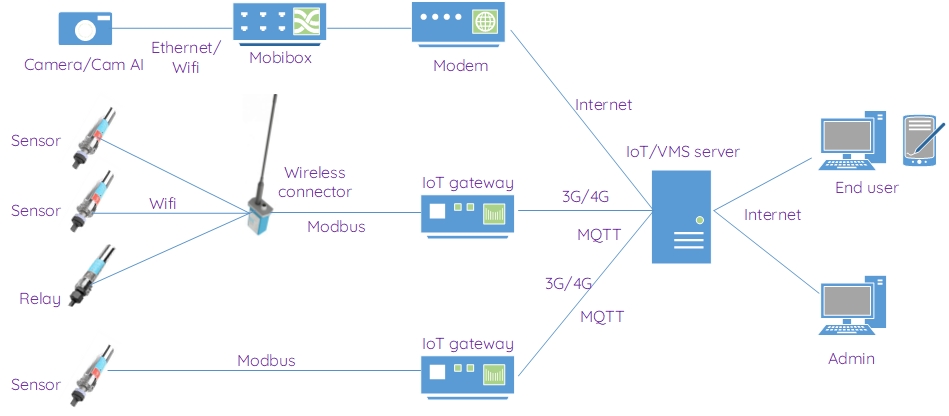
Control Features:
The system offers two control modes:
- Manual Override: Through a mobile application interface, users can exert direct remote control over devices in real-time, enabling immediate manual intervention when required.
- Automated Control: The system supports advanced scheduling algorithms, allowing for device operations to be automated based on predefined environmental thresholds and sensor data inputs. This ensures optimal operational efficiency and energy management.
- The solution is capable of integrating with a wide array of actuators, such as fans, water pumps, motorized sunshades, and other industry-specific equipment, providing scalable control flexibility based on operational needs.
Monitoring Features:
- Real-time Telemetry: The system delivers continuous real-time telemetry, offering granular monitoring of critical parameters such as temperature, humidity, pH, and other environmental factors.
- Instantaneous Alerts: Equipped with a threshold-based alerting mechanism, the system provides immediate notifications via push alerts or SMS when anomalies or critical deviations are detected, ensuring rapid incident response.
- Remote Asset Monitoring: Users can access and monitor system diagnostics and operational status remotely from any location through a secure mobile app or web-based dashboard, enhancing visibility and situational awareness.
